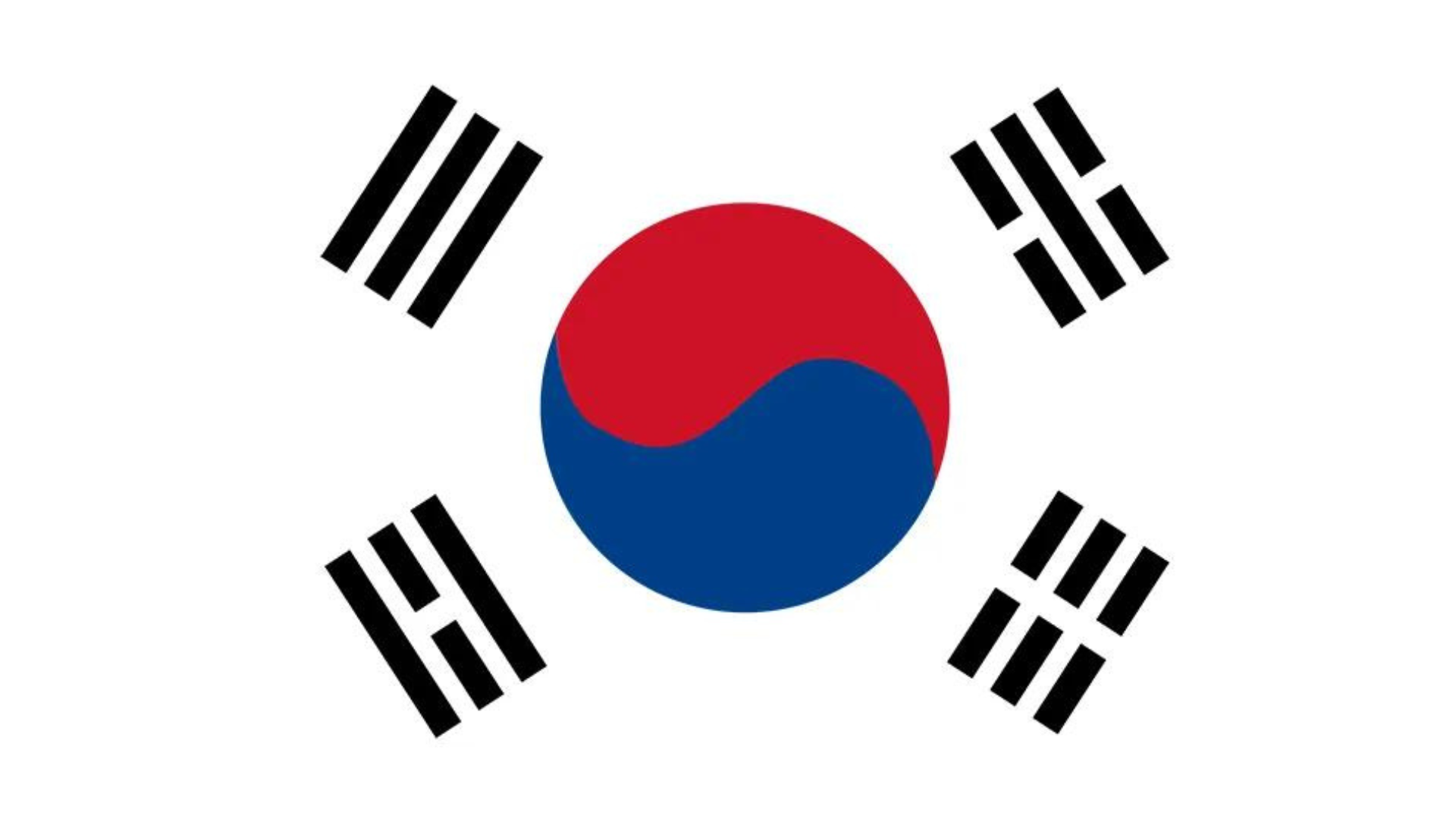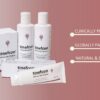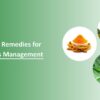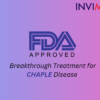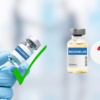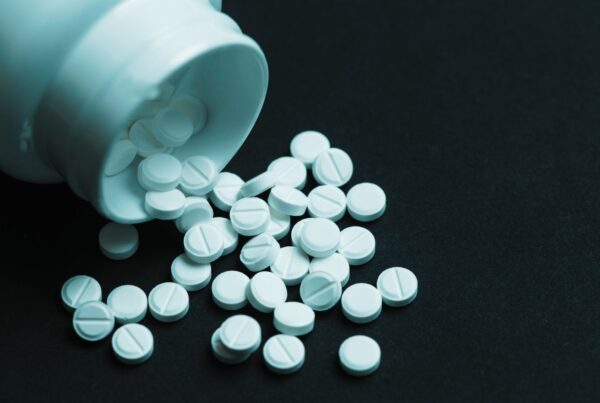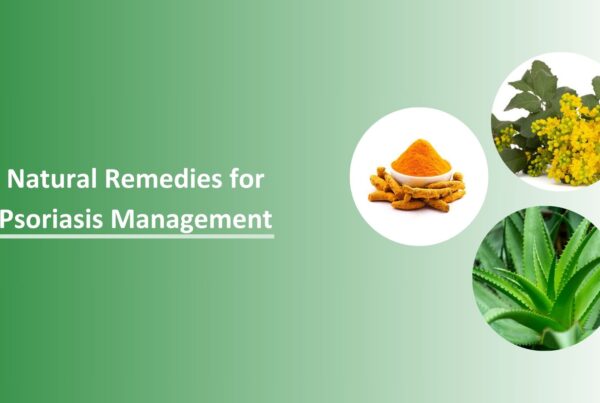Introduction
This comprehensive analysis delves into South Korea’s dynamic generic pharmaceutical market. Exploring market size, growth projections, key players, and government initiatives, the content provides valuable insights for stakeholders navigating opportunities within the South Korean pharmaceutical sector.
Current Market Size and Growth Projections
The South Korean pharmaceutical market places a strong emphasis on generic drugs, comprising a substantial share of the overall healthcare landscape. Currently, generics dominate the market, accounting for 82.8% of prescriptions for fewer than three generic brands, 52.5% for three to nine brands, and 60.5% for ten or more brands. This prioritization of generics is vital for cost containment, particularly as pharmaceutical expenses have outpaced economic growth in recent years.
- Projections indicate that the South Korean generic drug market will experience a Compound Annual Growth Rate (CAGR) of 3.79% from 2024 to 2032, highlighting the sustained focus on generic medications within the country’s pharmaceutical sector.
- With revenues reaching $5.2 billion in 2022 and a CAGR of 4.4% between 2017 and 2022, South Korea’s generics market significantly contributes to the overall pharmaceutical industry.
- Anticipated growth forecasts suggest that the Generic Drugs Market will reach USD 413.60 billion in 2024 and expand at a CAGR of 4.23% to reach USD 508.79 billion by 2029.
Key Players in the South Korean Generic Market
South Korea boasts a robust generics market, comprising renowned pharmaceutical firms and innovative research institutions. Reports from Research and Markets indicate that the market’s revenue surged to $5.2 billion in 2022, reflecting a notable compound annual growth rate (CAGR) of 4.4% from 2017 to 2022.
Leading the charge in this dynamic landscape are esteemed companies such as Hanmi Pharmaceutical, Chong Kun Dang, and Daewoong Pharmaceutical. These industry giants spearhead the provision of top-tier generic medications, catering to the healthcare needs of both local and international communities.
Beyond established entities, South Korea nurtures a flourishing ecosystem of research entities and startups, pivotal in propelling innovation within the generics market. Pharmaphorum’s research underscores South Korea’s emergence as a global leader in life sciences, driven by its steadfast commitment to research and development.
Government Initiative
The South Korean government’s proactive stance, notably through initiatives like the “Generics First” policy, underscores its dedication to bolstering generics adoption and curbing healthcare expenditures. Projections reveal an anticipated CAGR of 6.85% for the Pharmaceuticals market in South Korea between 2024 and 2028, indicative of sustained market expansion.
Several key players contribute to the generic drug market in South Korea. These players include both domestic and international pharmaceutical companies that manufacture and distribute generic medications within the country. Understanding the landscape of these key players is essential for comprehending the dynamics of the generic pharmaceutical market in South Korea.
Also Read: Role of Generic Medicine in Bridging healthcare gaps on global scale
Demand and Supply Analysis of Generics in South Korea
The demand and supply dynamics of generics in South Korea are shaped by a multitude of factors, including regulatory frameworks, pricing policies, and the interplay of domestic and international pharmaceutical players.
Generic drugs have garnered substantial demand in South Korea, as evidenced by their market shares. For instance, generics constitute 82.8% of the market for fewer than three brands, 52.5% for three to nine brands, and 60.5% for ten or more brands.
Generics are sought after due to an aging population, escalating healthcare expenses, and a growing recognition of their benefits. However, their availability is influenced by regulations, pricing strategies, and the market presence of local and global pharmaceutical firms.
While price competition at the product level is uncommon, competition is robust at the substance level. Introducing policies that promote “discounted generic” substitution could enhance price competitiveness and mitigate healthcare expenditures. The pivotal role of major domestic manufacturers in introducing discounted generics underscores their significance in the South Korean healthcare landscape.
Gap Analysis in Demand and Supply of Generics
Analyzing the gap between the demand and supply of generics in South Korea is crucial for identifying areas of improvement and optimization within the pharmaceutical sector. Understanding the factors contributing to this gap can help policymakers, healthcare providers, and pharmaceutical companies address challenges and enhance the availability and affordability of generic medications.
Extensive Use of Generic Supply
The prevalent utilization of generic pharmaceuticals in South Korea can be ascribed to a myriad of determinants, encompassing governmental initiatives advocating for generic medications, cost-containment methodologies, and the robust presence of a domestic generics industry.
- Nevertheless, impediments such as pricing regulations, incentives for physicians, and competitive dynamics within the market may impede the uptake of generics, necessitating further regulatory adjustments to foster competitive market environments and mitigate pricing disparities.
- The extensive incorporation of generic drugs underscores South Korea’s commitment to cost-efficient healthcare provision and accessibility.
- With generics constituting a substantial proportion of prescribed medications, accounting for 82.8% of pharmaceutical products featuring fewer than three generic brands, 52.5% with three to nine brands, and 60.5% with ten or more brands, their pervasive integration into healthcare paradigms is evident.
Conclusion
The generic pharmaceutical market in South Korea plays a vital role in ensuring access to affordable medications for the population. Understanding the current market size, forecasted growth, key players, demand-supply dynamics, and reasons for extensive generic use is essential for stakeholders to navigate the evolving landscape of the South Korean pharmaceutical sector effectively.
Written By
Aswini PriyaMedical Content Writer
Reviewed By
Dr. AnchalMedico Expert
Last Updated
15 Apr 2024| 02:00 PM (IST)
